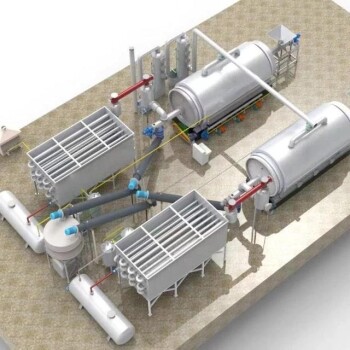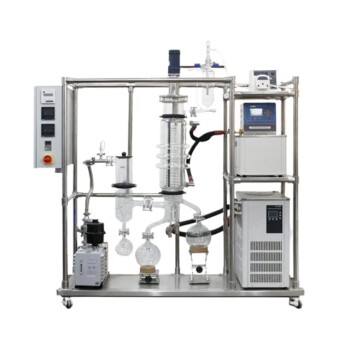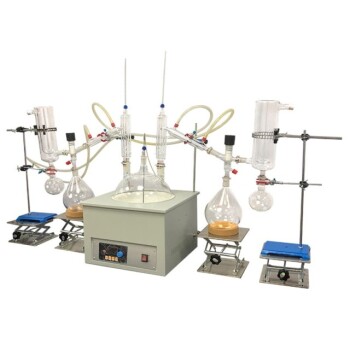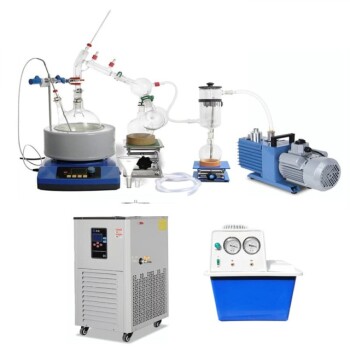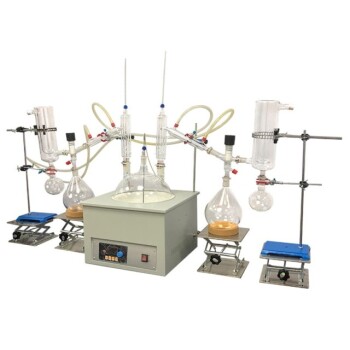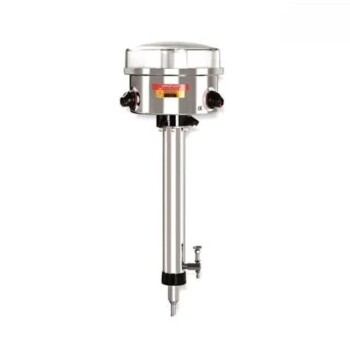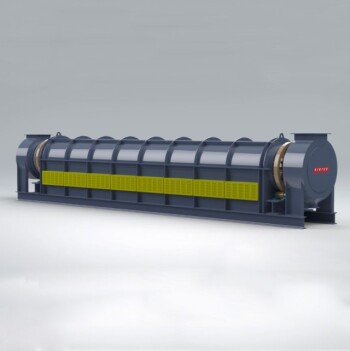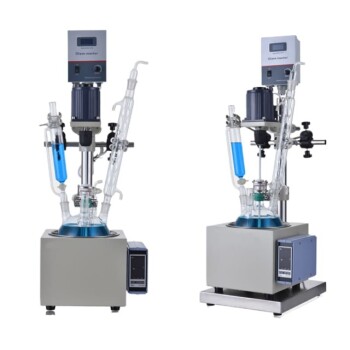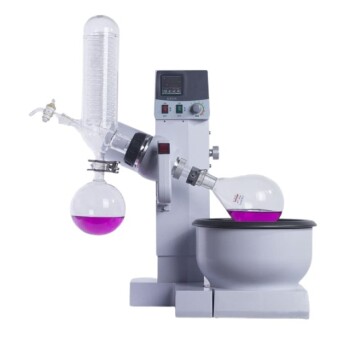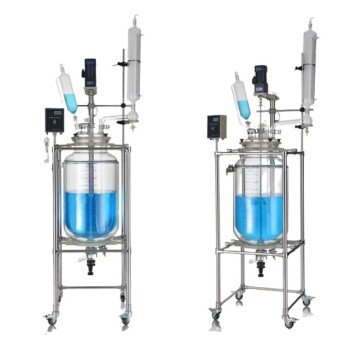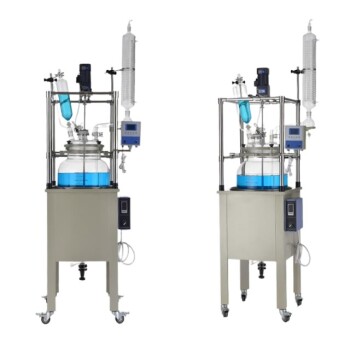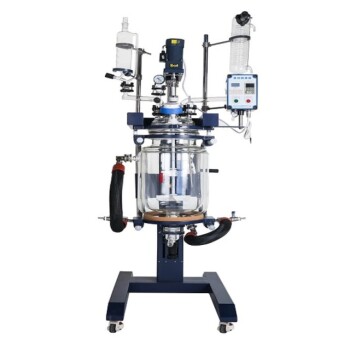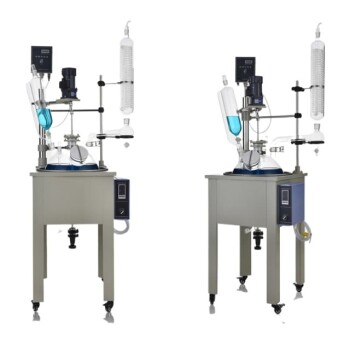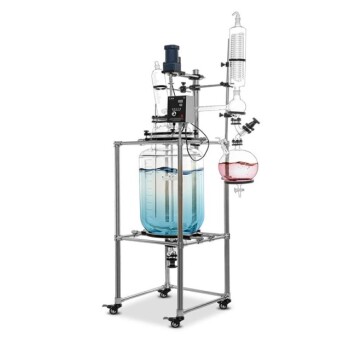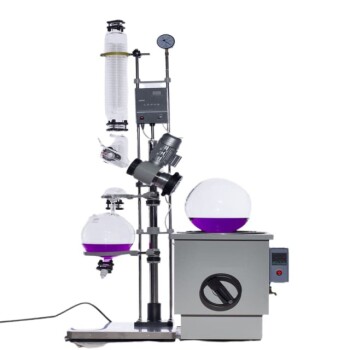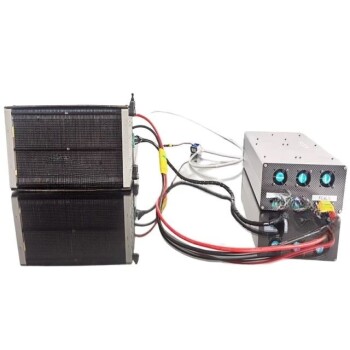The distillation process of pyrolysis oil is a complex yet efficient method that separates the oil into its various components based on their boiling points. This process involves heating the raw material in a reactor, converting it into oil gas, and then condensing it back into liquid form. Non-liquefiable gases are recycled for heating, and smoke and exhaust gases are treated to prevent pollution. The final products include diesel, asphalt, and water, each with distinct applications. The process can be carried out using either continuous or batch distillation machines, each with its own advantages.
Key Points Explained:

-
Principle of Distillation:
- Distillation in pyrolysis oil plants relies on the different volatility (boiling points) of each component in the mixture. The liquid part is vaporized, and the vapor part is condensed to achieve separation.
- This process involves multiple condensation and vaporization steps, as well as mass and heat transfer between gas and liquid phases.
-
Steps in the Distillation Process:
- Heating: Raw material is pumped into a distillation reactor and heated using coal, wood, natural gas, fuel oil, or electricity.
- Vaporization: The liquid oil is converted into oil gas.
- Condensation: The oil gas is then liquefied into fuel oil through cooling pipes and condensers.
- Recycling: Non-liquefiable gases like methane, ethane, propane, and butane are recycled for heating.
- Pollution Control: Smoke produced during the process is treated by a dedusting system, and exhaust gas is processed before emission to ensure no pollution.
-
Purification and Final Products:
- The liquid oil is purified in a deep purifying system to produce diesel oil.
- The final products of the distillation process are 85% diesel, 10% asphalt, and 5% water and other impurities.
- Both diesel and asphalt have various applications in daily life.
-
Types of Distillation Machines:
- Continuous Distillation Machines: Operate 24 hours a day with low energy consumption and no external heating source required.
- Batch Distillation Machines: Process one batch per day, have low setup costs, and occupy a small area.
-
Upgrading Pyrolysis Oil:
- Upgrading involves removing oxygen from bio-oil or nitrogen from algal bio-oil to improve its properties and make it more suitable for use as a fuel.
By understanding these key points, one can appreciate the complexity and efficiency of the pyrolysis oil distillation process, which not only separates the oil into valuable components but also ensures environmental safety through effective pollution control measures.
Summary Table:
| Step | Description |
|---|---|
| Heating | Raw material is heated in a reactor using coal, wood, natural gas, or electricity. |
| Vaporization | Liquid oil is converted into oil gas. |
| Condensation | Oil gas is liquefied into fuel oil through cooling pipes and condensers. |
| Recycling | Non-liquefiable gases (e.g., methane, propane) are recycled for heating. |
| Pollution Control | Smoke and exhaust gases are treated to prevent environmental pollution. |
| Final Products | 85% diesel, 10% asphalt, and 5% water/impurities. |
| Machine Types | Continuous (24/7 operation) or batch (one batch per day). |
Discover how pyrolysis oil distillation can benefit your operations—contact our experts today for more details!
